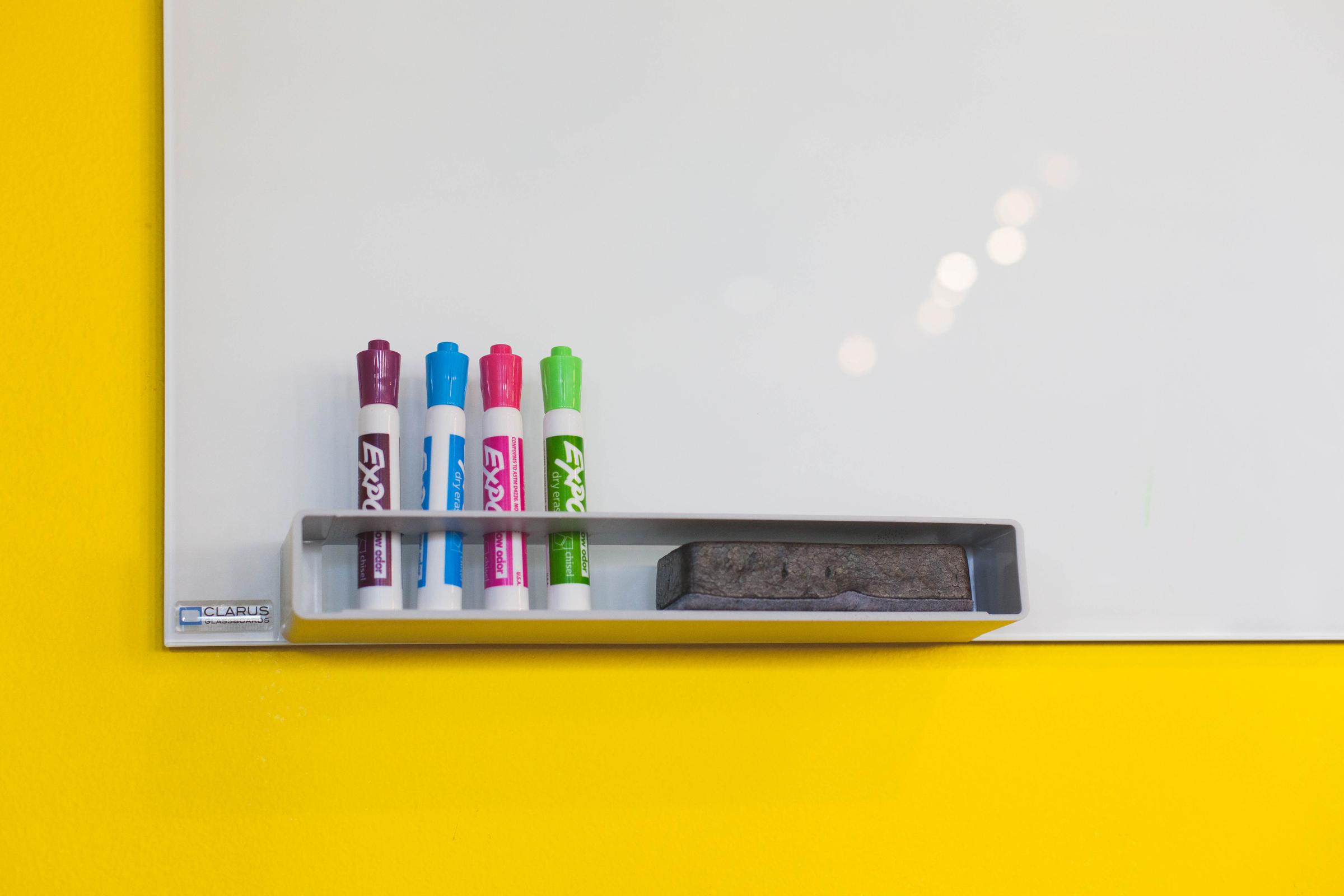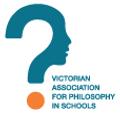Philosophy in Schools Readings

Clinton Golding - Thinking together with Philip Cam: Theories for Practitioners and Assessing Thinking
These are practical theories designed to be useful for practitioners of Philosophy for Children, rather than abstract theories designed to contribute to the scholarship of Philosophy for Children. I first explain what I mean by a practitioner theory, using Cam’s Question Quadrant as an illustration. Then, for the rest of the article I give a more detailed analysis and elaboration of Cam’s practitioner theory about assessing thinking. This theory first appears in Thinking Together in the form of a table that teachers can use to assess how frequently their students perform different thinking moves. For example, we can assess student thinking based on how often they ask questions, or build on what someone else has said. I will show how this seemingly simple theory captures a great deal of theoretical complexity, combining themes about thinking moves from Splitter and Sharp, making thinking visible from Perkins and Richhart, and habits of mind from Costa and Kallick. I will also show how we can develop Cam’s practitioner theory into a sharper tool for assessing thinking if we incorporate further insights about learning to think, and assessing thinking, from Perkins, Dewey, Piaget, Vygotsky and Bloom.
